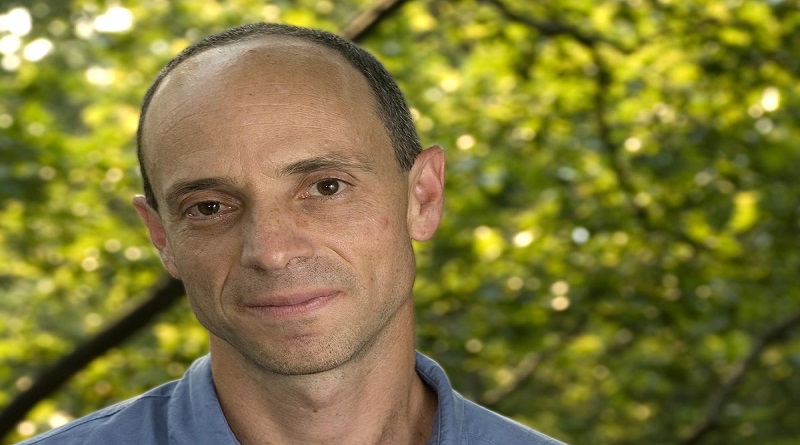Keeping warming to 1.5˚C impossible without reducing Short-lived Climate Pollutants
A much anticipated report by the United Nation’s Intergovernmental Panel on Climate Change shows there is still a long way to go if we want to limit global temperature rise to 1.5 degrees Celsius and prevent dangerous warming. But the report also shows that there are ready-to-go solutions that can help us achieve the target, rapidly reduce the rate of warming, and prevent millions of premature deaths from air pollution each year.
Our best chance to avoid runaway warming is to act right away to reduce highly potent but short-lived climate pollutants (SLCPs) like methane, tropospheric ozone, hydrofluorocarbons (HFCs) and black carbon. This must go hand-in-hand with deep and persistent cuts long-lived greenhouse gases like carbon dioxide (CO2).
Fast and immediate action on SLCPs can avoid over half a degree of warming by 2050. It will also avoid over 50% of the predicted warming in the Arctic by 2050, thereby significantly decreasing the chances of triggering dangerous climate tipping points, like the irreversible release of carbon dioxide and methane from thawing Arctic permafrost.
Drew Shindell, Professor of Climate Sciences at Duke University and a lead author on the IPCC report, said no scenario exists where the world can get to 1.5 degrees without reducing these highly potent, but short-lived climate forcers alongside CO2.
“The report emphasizes that reaching low warming targets is so challenging that we need to use all the options at our disposal. Since they typically have relatively low costs, least-cost mitigation pathways tend to maximize SLCP reductions,” Dr Shindell said. “The IPCC Special Report also highlights how SLCP reductions contribute to many of the world’s sustainable development goals.”
Climate change and air pollution are closely interlinked, so reducing these pollutants not only protects the climate but also promotes clean air. Acting now can prevent two and a half million premature deaths from air pollution each year, and save more than 50 million tons of food crops annually. These tangible, often local, air quality benefits in-turn can increase the likelihood of public and institutional support for even more ambitious mitigation action.
“Without action on short-lived climate pollutants there is little chance to reach the Paris Agreement’s 1.5˚C goal. Reducing these pollutants must be done in addition to a fast switch to a low-carbon economy,” Helena Molin Valdés, Head of the Climate and Clean Air Coalition said. “Short-lived climate pollutants are the ‘low hanging fruit’ in the fight against climate change. We have the tools and proven technologies and policies to help countries achieve immediate reductions, and by doing so we can solve air pollution and climate simultaneously.”
Existing solutions include replacing HFCs in refrigeration and air conditioning and properly disposing of them; reducing methane from waste streams (including food waste) and from agriculture; expanding clean cookstoves and phasing out black carbon emissions from heavy duty engines like trucks, buses and ships; and reducing methane leakage from oil and gas production.
The Summary for Policy Makers of the IPCC Special Report: Global Warming of 1.5°C outlines the contributions SLCPs can make saying: “Modelled pathways that limit global warming to 1.5°C with no or limited overshoot involve deep reductions in emissions of methane and black carbon (35% or more of both by 2050 relative to 2010). These pathways also reduce most of the cooling aerosols, which partially offsets mitigation effects for two to three decades. Non-CO2 emissions can be reduced as a result of broad mitigation measures in the energy sector. In addition, targeted non-CO2 mitigation measures can reduce nitrous oxide and methane from agriculture, methane from the waste sector, some sources of black carbon, and hydrofluorocarbons. High bioenergy demand can increase emissions of nitrous oxide in some 1.5°C pathways, highlighting the importance of appropriate management approaches. Improved air quality resulting from projected reductions in many non-CO2 emissions provide direct and immediate population health benefits in all 1.5°C model pathways.”




